U.S. Q2 GDP Surges on Sharp Import Decline, Complicating Fed’s Rate-Cut Path
Input
Modified
U.S. Q2 GDP growth finalized at 3.8% Sharp drop in imports drives stronger growth compared to Q1 Solid growth paired with inflation concerns may slow Fed rate cuts
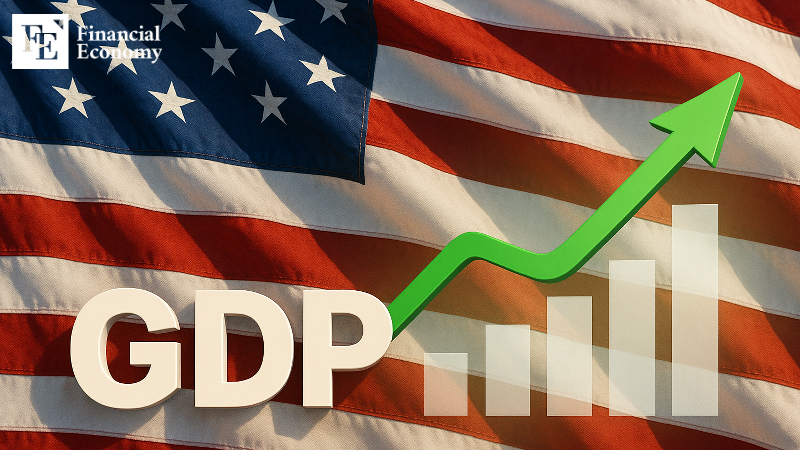
The finalized U.S. GDP growth rate for the second quarter far exceeded market expectations. Unlike the first quarter, when businesses were actively stockpiling inventories, a sharp decline in imports contributed to an overall improvement in growth indicators.
U.S. Q2 Growth Exceeds Market Expectations
On the 25th (local time), the U.S. Department of Commerce reported that the finalized GDP growth rate for the second quarter came in at 3.8%. This figure is 0.5 percentage points higher than the preliminary estimate of 3.3% released last month, marking the strongest growth since Q3 2023 (4.7%) and the highest in seven quarters. It also stands out compared to the Dow Jones consensus forecast of 3.3%. The Bureau of Economic Analysis (BEA) explained that the revision reflects stronger consumer spending and increased business investment.
In fact, U.S. personal consumption growth for Q2 was revised up sharply to 2.5% from the earlier estimate of 1.6%. Finalized figures incorporate additional economic activity data not captured in preliminary estimates. Final sales to domestic private purchasers, which track underlying demand in the U.S. economy, also rose to 2.9%, compared with the earlier 1.9% estimate. The revisions underscore the continued strength of the U.S. economy, driven largely by resilient consumer spending.
Sharp Decline in Imports Drives Growth
Markets point to the steep drop in imports and the resulting boost from net exports as a key driver of the second-quarter growth. Earlier this year, ahead of the formal imposition of tariffs, U.S. importers rushed to build inventories. In March, the U.S. trade deficit widened to a record $140.5 billion—up $17.3 billion (14.0%) from the prior month and more than double the $68.5 billion deficit a year earlier. This marked the largest monthly deficit on record.
Imports surged particularly for goods facing new tariffs. Pharmaceutical imports jumped $20.9 billion, while capital goods such as computer accessories rose $3.7 billion, and imports of automobiles, parts, and engines increased $2.6 billion. By contrast, imports of finished metal products fell $10.3 billion following the 25% tariff imposed on foreign steel and aluminum from March 12. The largest bilateral deficits were with the European Union ($48.3 billion), Ireland ($29.3 billion), China ($24.8 billion), and Mexico ($16.8 billion).
As businesses’ temporary inventory buildup eased, the situation reversed. Imports plunged abnormally in the second quarter as a reaction to the excess inflows of Q1. Reuters estimated that the decline in imports added 4.93 percentage points to GDP growth, in stark contrast to Q1, when imports had subtracted 4.68 percentage points from growth.
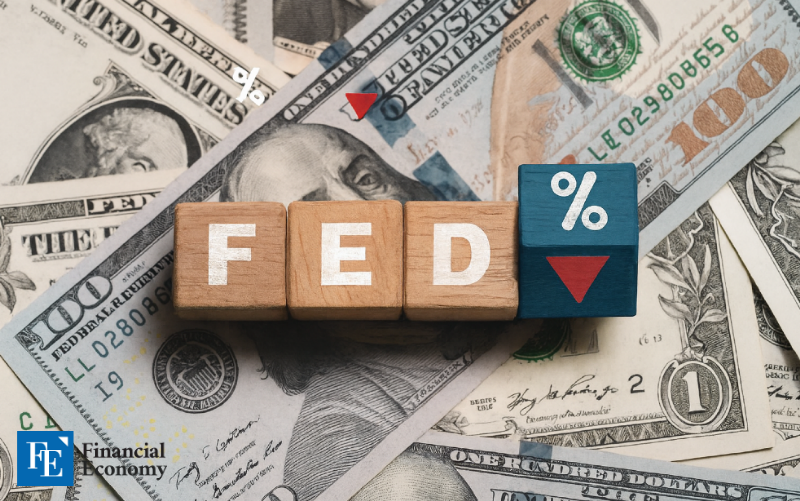
Did the Fed Anticipate the Surprise Growth?
The U.S. Federal Reserve (Fed), which sets monetary policy, appeared to have foreseen the stronger growth momentum. According to the Summary of Economic Projections (SEP) released on the 17th, the Fed revised its 2024 GDP growth forecast upward from 1.4% in June to 1.6%. The 2025 forecast was also raised from 1.6% to 1.8%. The SEP includes the Fed’s “dot plot” of interest rate expectations, as well as projections for GDP growth, unemployment, and inflation.
This has fueled speculation that the Fed may take a more cautious stance on rate cuts. While the economy has shown resilient growth, the inflation outlook has worsened. The SEP projected core personal consumption expenditures (PCE) inflation—excluding volatile food and energy prices—to remain at 3.1% by year-end, unchanged from the June forecast. The August core PCE figure is due on the 26th, following July’s reading of 2.9%.
Unlike the unchanged 2024 forecast, the Fed raised its 2025 core PCE inflation projection from 2.4% to 2.6%. Although lower than this year’s estimate, it remains well above the Fed’s 2% target, signaling that inflationary pressures have not yet been fully resolved.

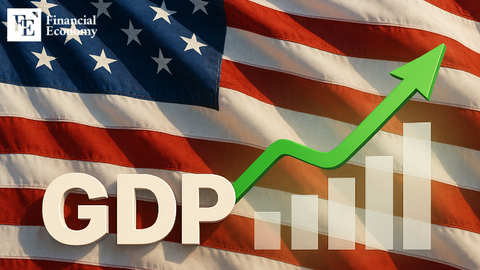






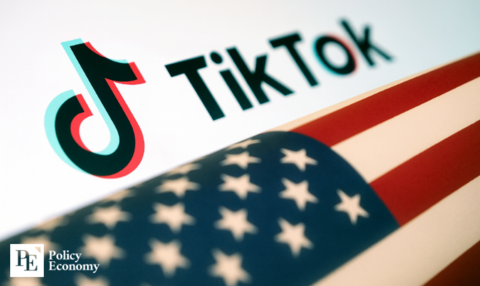
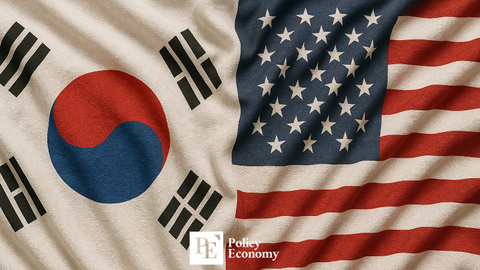












Comment